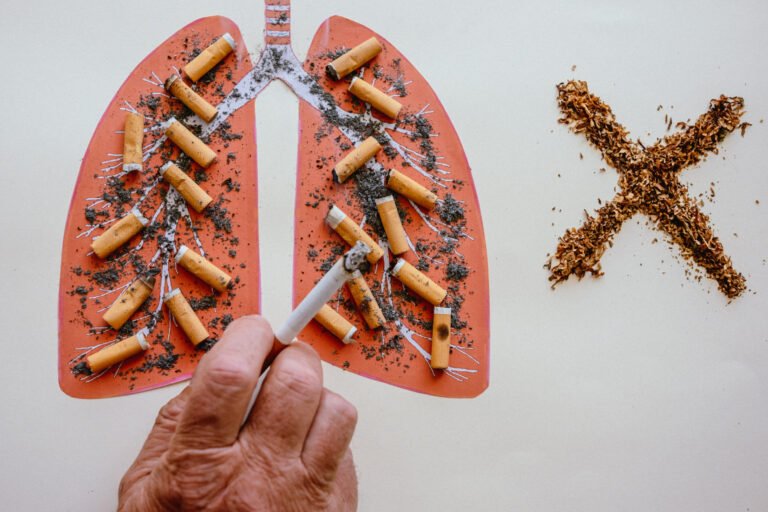World Tobacco Day, officially known as World No Tobacco Day, is observed each year to draw global attention to the harmful effects of tobacco and to advocate for effective policies that reduce tobacco consumption. Initiated by the World Health Organization (WHO), this day is a call to action encouraging individuals, communities, and governments to work toward a tobacco-free future.
The History Behind World Tobacco Day
World No Tobacco Day was created by the WHO in 1987 to highlight the health risks of tobacco use and to promote policies that reduce tobacco consumption. The first observance was on April 7, 1988, but the date was later fixed to May 31st annually to gain greater global visibility and participation.
Who Observes It and When?
May 31st is the global date for observance. World No Tobacco Day is acknowledged worldwide by health professionals, governments, advocacy groups, educational institutions, and individuals. Events, campaigns, and seminars are held globally to raise awareness.
Key Objectives of the Day
- Educate the public about the dangers of tobacco.
- Advocate for stronger tobacco control policies.
- Empower smokers with resources to quit.
- Protect future generations from tobacco influence.
The Health Risks Associated with Tobacco Use
Short-Term and Long-Term Health Effects
Tobacco use affects nearly every organ in the body. In the short term, it can lead to bad breath, fatigue, and reduced lung function. Long-term use results in severe health problems such as disease, stroke, chronic respiratory illnesses cancer, heart, and fertility issues.
Global Statistics on Tobacco-Related Illnesses
According to WHO:
- Over 8 million people die each year due to tobacco use.
- 1.3 million of these are non-smokers exposed to secondhand smoke.
- Tobacco is the leading cause of preventable deaths worldwide.
Tobacco’s Impact on Youth and Future Generations
Tobacco companies often target younger audiences with flavored products and marketing. Youth who start smoking early are more likely to become lifelong users. Additionally, secondhand smoke exposure harms children’s lung development and increases the risk of sudden infant death syndrome (SIDS).
How Governments and Organizations Are Taking Action
WHO’s Role in Tobacco Control
WHO leads global efforts through its Framework Convention on Tobacco Control (FCTC). This international treaty provides guidelines for taxation, advertising bans, health warnings, and smoke-free environments.
Policies and Bans on Tobacco Advertising
Many countries have implemented strict bans on tobacco advertising, promotion, and sponsorship. Plain packaging laws, graphic health warnings, and restrictions on point-of-sale displays are becoming more common.
Public Health Campaigns and Community Initiatives
Governments and NGOs run awareness campaigns, offer free cessation services, and launch school programs to educate youth. Community initiatives often include clean-up drives, smoke-free zone declarations, and mobile health units.
How You Can Participate in World Tobacco Day
Share on Social Media
Raise awareness by sharing statistics, infographics, or personal stories on platforms like Instagram, Twitter, and Facebook using hashtags like #WorldNoTobaccoDay.
Join Local Campaigns or Seminars
Participate in or volunteer at local events such as awareness walks, seminars, or health check-up camps organized by health departments and NGOs.
Educate Your Community and Youth
Organize sessions in schools or community centers to educate about the dangers of tobacco, using visuals, real-life stories, and age-appropriate content.
Expert Opinions on Tobacco Cessation
Doctors’ Tips on How to Quit Smoking
The journey to quit smoking begins with a solid plan: choose a quit date, prepare for challenges ahead,
and reach out for support. Using medications like nicotine replacement therapy (NRT) can significantly
boost your chances of success”
— Dr. Anita Mehra, Pulmonologist
Psychological and Medical Support Options
Behavioral therapy, support groups, helplines, and prescription medications are proven methods. Apps
like Quit Now and Smoke free can offer daily motivation and tracking tools.
Building a Tobacco-Free Future Together
Together, we can create a healthier, smoke-free future. By supporting policy change, raising awareness,
and helping people quit, we can drastically reduce the global burden of tobacco-related illnesses. Every
small step whether quitting yourself or encouraging a loved one counts toward a bigger impact.
Frequently Asked Questions
Is World Tobacco Day observed globally?
Yes, it is observed in over 190 countries every year on May 31st under the leadership of WHO.
How can I support someone trying to quit tobacco?
Offer emotional support, avoid judgment, help them find medical or counseling help, and celebrate their
milestones, no matter how small.
What is the theme for World Tobacco Day 2025?
The official theme for World Tobacco Day 2025 is "Protecting Children from Tobacco Industry
Interference"focusing on safeguarding youth from harmful industry tactics.





